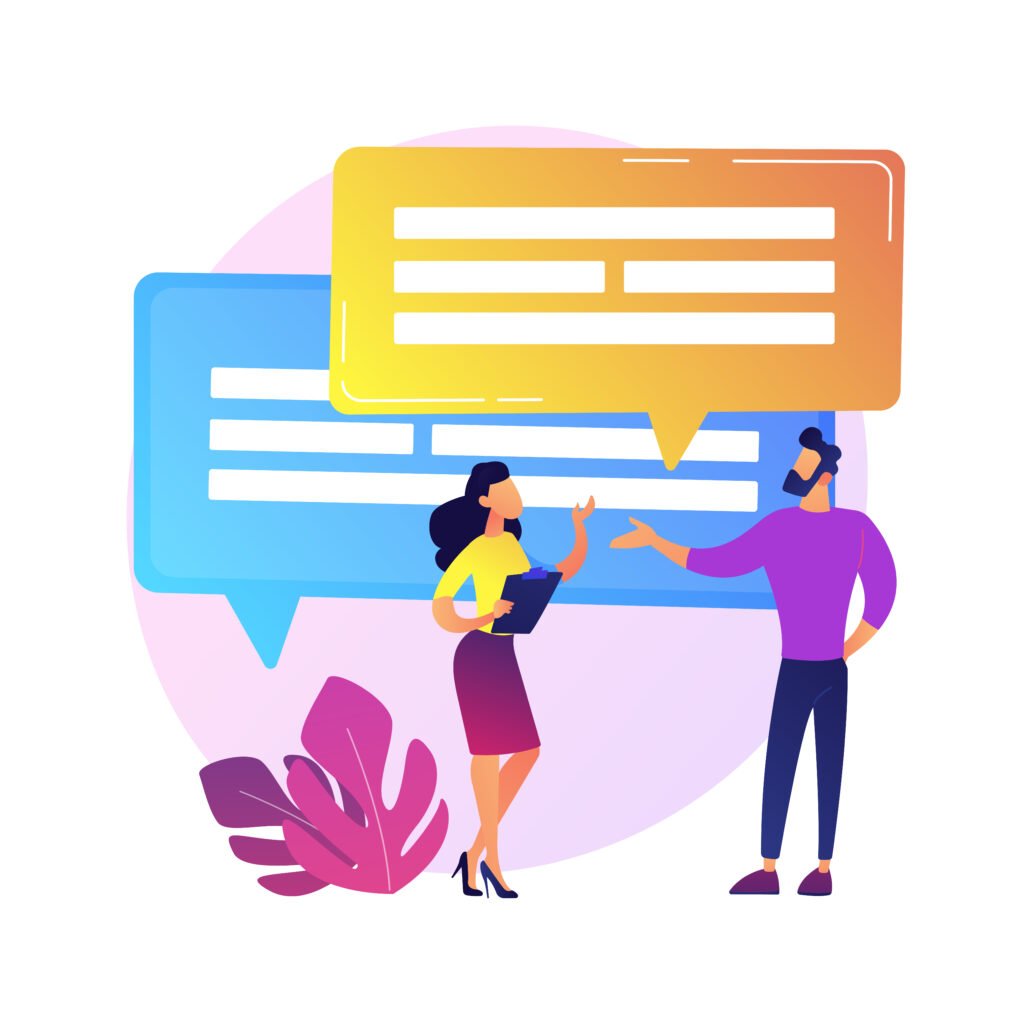Custom Conversation Flows
Custom conversation flows refer to the various paths that a chatbot can take a user through during a conversation. A chatbot is pre-programmed with specific conversation flows based on various inputs. While the basic flows may be sufficient for some applications, businesses often require chatbots with custom conversation flows to meet unique customer requirements. With custom conversation flows, businesses can improve customer satisfaction by delivering an interactive and personalized user experience. Custom flows allow chatbots to respond to user queries with specific sets of predefined answers that aren’t available in regular conversations. By analyzing a user’s behavior, businesses can implement chatbots that closely mimic human-like communication. Custom Conversation Flows enable chatbots to be proactive and deploy targeted calls to action that satisfy queries while enhancing the user experience.

Understanding Custom Conversation Flows:
Custom conversation flows involve designing unique paths and structures for interactions between users and chatbots or virtual assistants. Instead of relying on rigid, predefined scripts, developers have the flexibility to tailor the conversation based on user inputs, preferences, and context. This approach enables a more dynamic and personalized user experience, fostering meaningful and relevant interactions.
The Role of ChatGPT in Custom Conversation Flows:
ChatGPT, developed by OpenAI, is a cutting-edge language model powered by the GPT (Generative Pre-trained Transformer) architecture. What sets it apart is its ability to understand context, generate coherent responses, and adapt to diverse conversation styles. Here’s how ChatGPT can be harnessed for creating custom conversation flows:
1. Dynamic Context Management:
ChatGPT excels at maintaining context during conversations. Developers can leverage this capability to dynamically adjust the conversation flow based on previous user inputs. This ensures a more natural and context-aware interaction, akin to how humans communicate.
2. User-Centric Personalization:
By integrating ChatGPT into custom conversation flows, developers can tailor responses based on user preferences and historical interactions. This level of personalization enhances user engagement, as the virtual assistant adapts to individual needs and provides a more bespoke experience.
3. Fluid Transition between Topics:
Unlike traditional chatbots with fixed conversation paths, ChatGPT’s versatility allows for seamless transitions between different topics. This is especially valuable when users switch subjects mid-conversation, providing a more natural and less restrictive interaction.
4. Real-Time Adaptation:
Custom conversation flows often require real-time adaptation to user inputs. ChatGPT’s quick response times and ability to generate contextually relevant answers facilitate a fluid and responsive conversational experience.
Implementing Custom Conversation Flows with ChatGPT:
Here’s a step-by-step guide on how to integrate ChatGPT into your custom conversation flows:
1. Obtain ChatGPT API Key:
Sign up for the OpenAI API access and obtain your API key. This key is essential for authenticating requests to the ChatGPT API.
2. Set Up Development Environment:
Choose a programming language, set up your development environment, and install the OpenAI Python library.
3. Define Conversation Structure:
Craft the conversation structure based on your application’s requirements. Include context, user prompts, and any relevant information necessary for the conversation.
4. Make API Calls:
Utilize the OpenAI Python library to make API calls to the ChatGPT model. Provide the conversation structure as input to generate context-aware responses.
5. Context Management:
Effectively manage context within the conversation by appending and updating user inputs. This ensures coherence and relevance in responses.
6. Iterative Testing and Refinement:
Iteratively test your custom conversation flows, gather user feedback, and refine the implementation. This process ensures continuous improvement and enhances the user experience over time.
Conclusion:
Custom conversation flows, powered by ChatGPT, redefine the possibilities of interactive AI applications. The fusion of dynamic context management, user-centric personalization, and real-time adaptation creates a virtual assistant that feels not just intelligent but truly human-like in its conversational abilities. By embracing this innovative approach, developers can elevate their applications to provide a more engaging, responsive, and tailored user experience. In the evolving landscape of AI, the synergy between custom conversation flows and ChatGPT opens up a realm of possibilities, promising a future where virtual interactions are not just automated but distinctly personalized and delightful.
